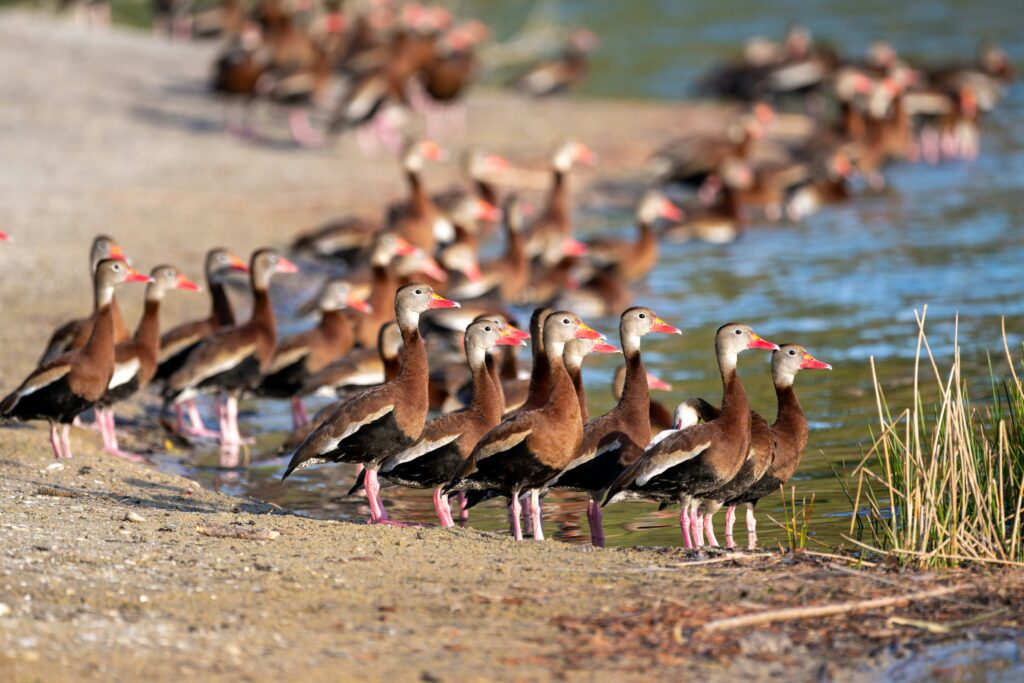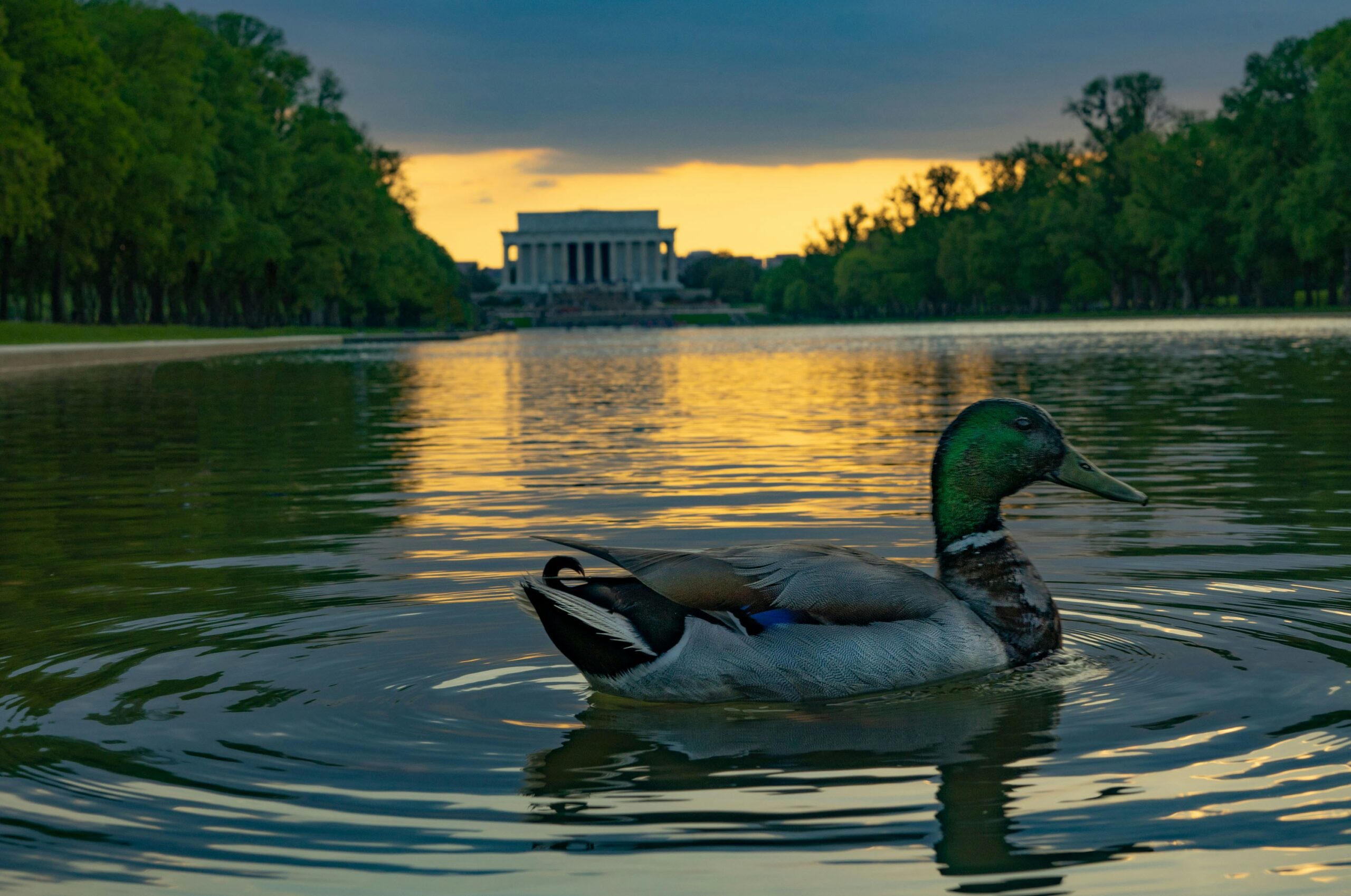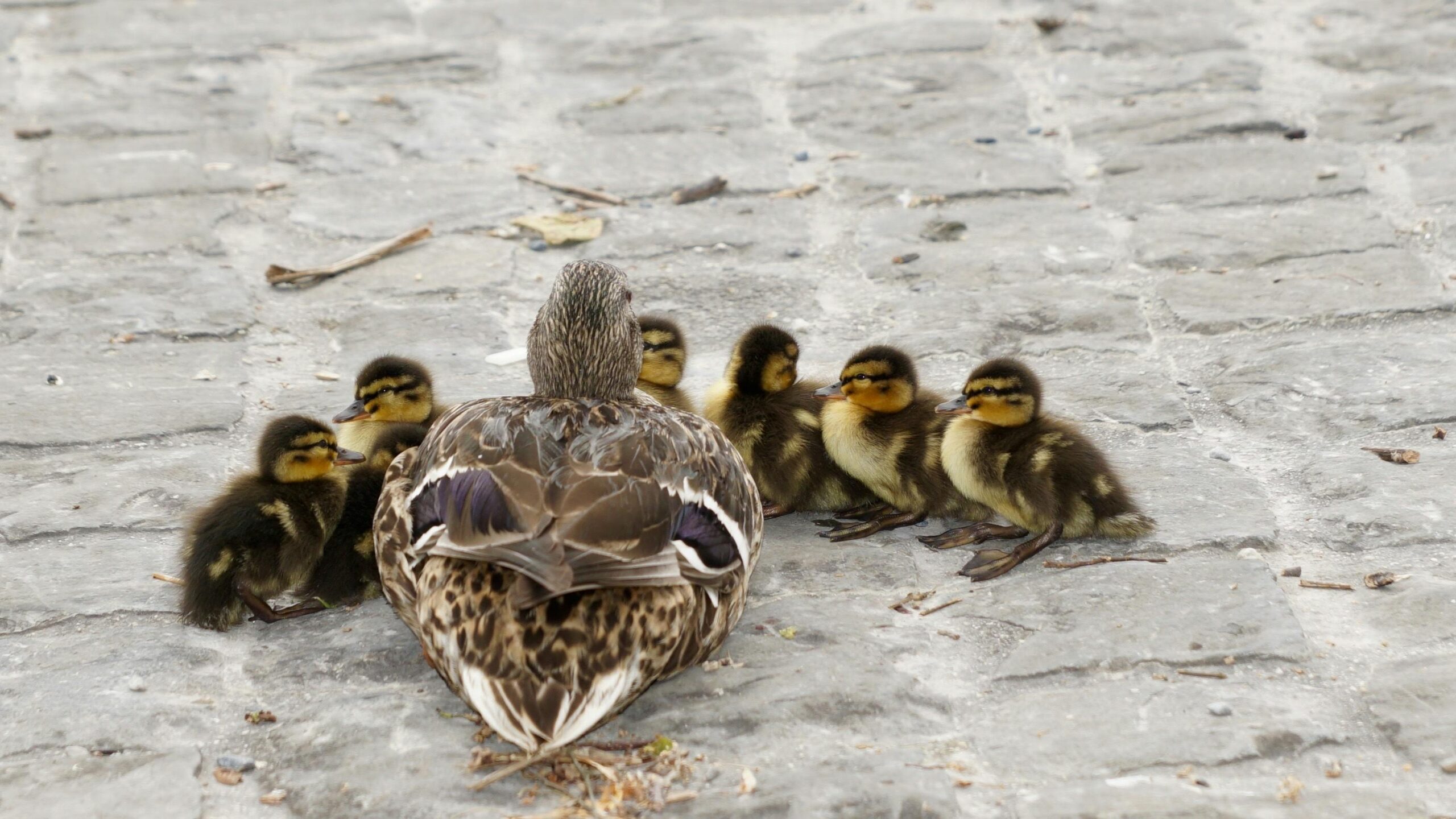Community-Based Conservation: Local Efforts for Duck Protection
Greer Smith
June 7, 2024

Conservationists around the globe are making significant strides in duck protection and habitat restoration. With local initiatives citizens and residents become more active and showcasing the true power of community-based conservation.
Today, we explore how grassroots efforts can lead to sustainable solutions with local involvement and active participation. As we speak, several examples of community-based conservation exist. Each demonstrates the positive impact on waterfowl habitats and serves as a roadmap.
By highlighting these efforts, the collective responsibility shared by birdwatchers, conservationists, and outdoor enthusiasts will increase. Ready to learn how you can contribute to preserving our feathered friends? Let’s dig in!
1. What is Community-Based Conservation?
This conservation strategy empowers the locals to take charge of their natural resources. With a boots-on-the-ground approach, residents actively protect and manage ecosystems. Historically, this method emerged as a response to the limitations of top-down strategies.
Outside organizations often need to pay more attention to potential insights and experiences, thereby weakening their efforts. However, when communities participated, it fostered a sense of ownership. Subsequent collaborations led to better strategies that significantly impacted expected results.
For instance, in Zimbabwe, the CAMPFIRE program successfully involved villagers and residents in wildlife management. As a result, the area saw economic benefits and improved conservation efforts. Creating economic value for wildlife is a key reason why African big game is so well managed. When people’s livelihoods depend on preventing poachers and ensuring animal well-being, a collective effort far greater than any government initiative takes place to protect the wildlife.
Such examples of community-based conservation highlight the importance of grassroots involvement. By working together, communities create lasting change while encouraging future generations to experience the richness of our natural world.
2. The Importance of Duck Protection

Ducks are keystone species in their natural habitats, wetlands, and bottomland hardwood forests. Iconic breeds like the Northern Pintail, Mallard, and Wood Ducks are increasingly vulnerable. Meanwhile, endangered waterfowl such as the Laysan Duck, Brazilian Merganser, and the Madagascar Pochard face dire situations.
Proactive collaborations that protect these vital birds preserve a rich biodiversity and ensure the stability of the broader ecosystem. A community-based conservation approach can mitigate impending doom, involving local stakeholders in effective protection strategies.
Imagine a weekend observing waterfowl with your family, only to realize declining numbers due to severe weather patterns, habitat loss, and pollution. Suddenly, the message begins to hit home, and the necessity for active participation in conservation efforts becomes clear.
Our magical ducks hold cultural and economic significance. Birdwatchers and hunters cherish them for their beauty. Therefore, we need solid examples of community-based conservation to act as a collective and protect nature.
3. Examples of Community-Based Conservation
Local efforts in habitat restoration demonstrate the power of community-based conservation. For example, the restoration of the Mississippi Alluvial Valley has brought together residents, scientists, and conservation groups to rehabilitate wetlands, significantly boosting duck populations.
Another success story is the citizen-led monitoring programs in the Pacific Flyway, where volunteers collect crucial data on migratory patterns, aiding in more informed conservation strategies. When communities learn the value of their natural resources and actively participate in preservation, it’s a win-win for all.
Traditional knowledge gathering and modern scientific practices create a robust framework for sustainable conservation projects. Partnerships amplify the reach and impact of local initiatives. The collaboration between Tierra de Aves, A.C., and 50 Ducks exemplifies this principle.
Organizations like Ducks Unlimited and Jack Miner Migratory Bird Sanctuary also play a vital role. Both proactively support community-based conservation and are heavily involved in bird banding, research, and education.
4. Common Challenges and Solutions
Some of the most exciting examples of community-based conservation projects are those spearheaded by rural and indigenous groups. However, everything is not always wine and roses.
Here are a few issues startups often face.
Lack of Funding
Implementing community-based conservation programs often presents hurdles, such as limited resources and funding. For instance, small local groups might need external support to finance habitat restoration projects.
Collaborative efforts with reputable organizations bridge these gaps by providing the necessary expertise and resources.
Leadership
Coordination and management issues also pose significant challenges. Imagine a dedicated group of birdwatchers trying to monitor migratory patterns across vast wetlands; organizing such efforts requires clear communication and proactive leadership.
Balancing conservation with local livelihoods remains another complex issue. Many communities depend on natural resources for their daily needs, making it essential to integrate sustainable practices that do not compromise their economic stability.
Resistance from Surrounding Communities
Programs that offer alternative livelihoods and educational initiatives can foster community support and participation.
However, overcoming resistance and actively engaging communities requires persistent outreach and transparent dialogue.
Through continuous learning and resilient planning, collaborators can navigate these uncertainties. The goal is to protect and enhance natural habitats while emphasizing the shared benefits of community-based conservation.
5. The Role of Policy and Advocacy

Supportive policies are essential in driving successful community-based conservation efforts. When residents rally to protect a wetland, their message influences local politicians to adopt protective measures.
Whether you realize it or not, staunch supporters have the power to shape these policies. If you participate in town hall meetings, collaborate with conservation organizations, and help raise public awareness, legislation will change.
Grassroots movements like the campaign to save Canada’s South Okanagan wetlands lobbied for policy changes and won. Remember, advocacy educates both the public and decision-makers. Take it seriously and seize the opportunity.
Raising awareness amplifies the collective voice. When done effectively, policymakers can not ignore it. Every effort counts, Whether through social media campaigns or local workshops. Encourage a culture of conservation in your community to help change laws and preserve our natural habitats.
6. How to Get Involved
Doing your part goes a long way in the fight for preservation. Here are five exemplary community-based conservation groups you should consider to make an impact:
DU is a science-driven organization dedicated to the conservation of wetlands for waterfowl. They employ waterfowl biologists and leverage extensive wetlands and water resources data to guide their work.
Known as “The Duck Hunters Organization,” their efforts focus on duck production programs, habitat conservation, critical research, and promoting waterfowl hunting across North America.
Based in Mexico, this organization combines traditional knowledge with modern scientific practices to conduct pioneering research on various bird species, including waterfowl. They collaborate with local communities to implement effective conservation strategies.
4. Jack Miner Migratory Bird Sanctuary
Established in 1904, this refuge bands waterfowl and provides a popular stopover site for tourists and birdwatchers. It continues using historical insights and modern research techniques to protect migratory bird populations.
5. North American Waterfowl Management Plan
NAWMP involves international collaborations aimed at better understanding specific waterfowl species. This plan supports science-based conservation initiatives that benefit waterfowl across North America.
Final Thoughts
Collective action in community-based conservation can achieve extraordinary results in preserving waterfowl habitats. From the importance of supportive policies to the role of local communities in influencing conservation strategies, every effort counts.
At 50 Ducks, we encourage active participation and shared learning experiences. Your knowledge and perspectives can make a significant difference for the next generation. Sign up for live duck tracking today and explore our examples of community-based conservation programs to see how you can contribute.
